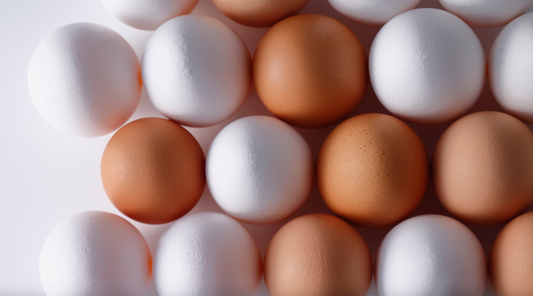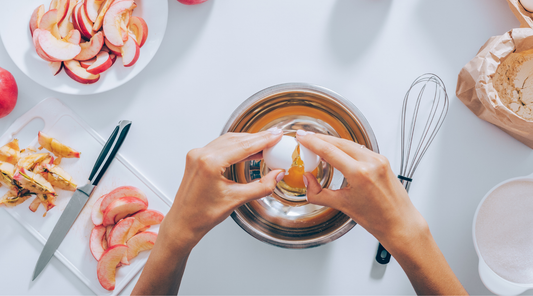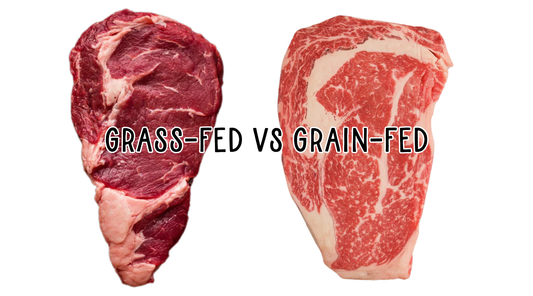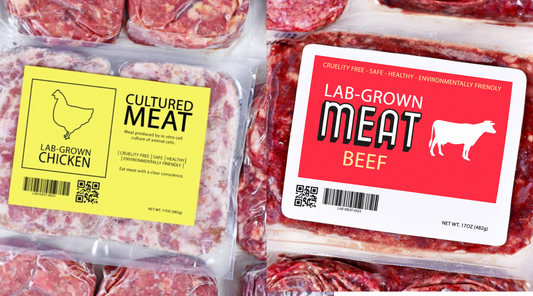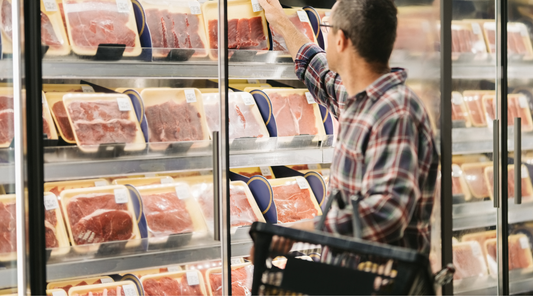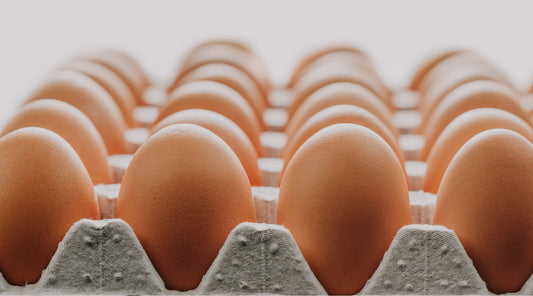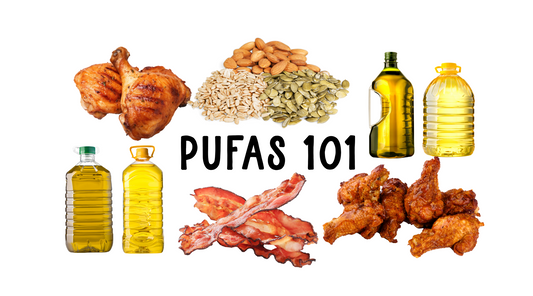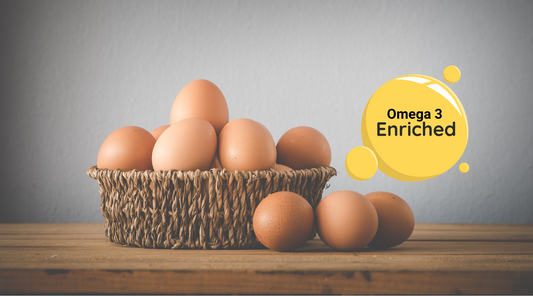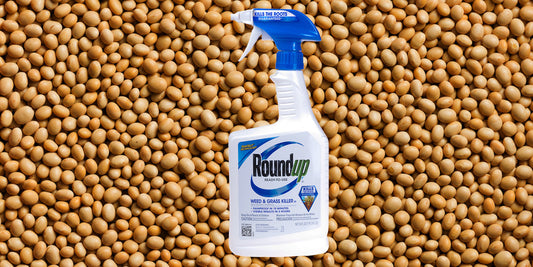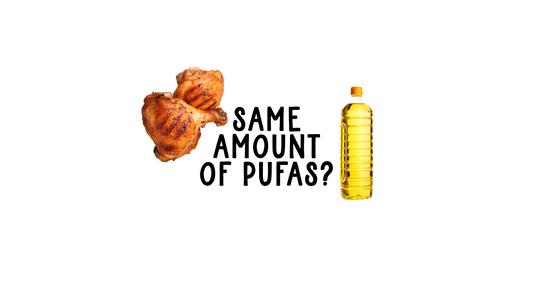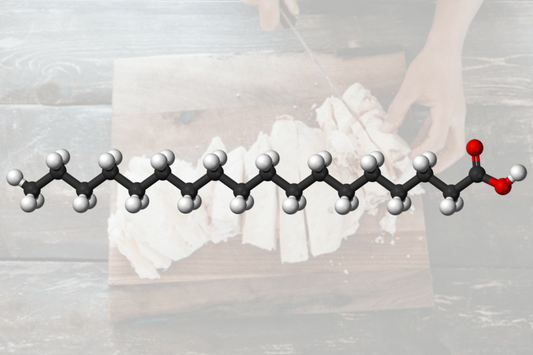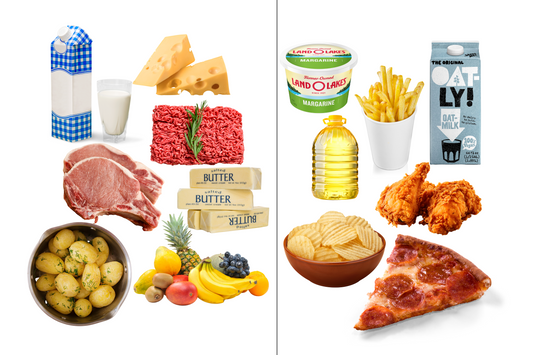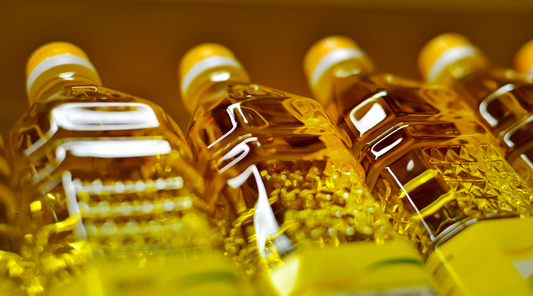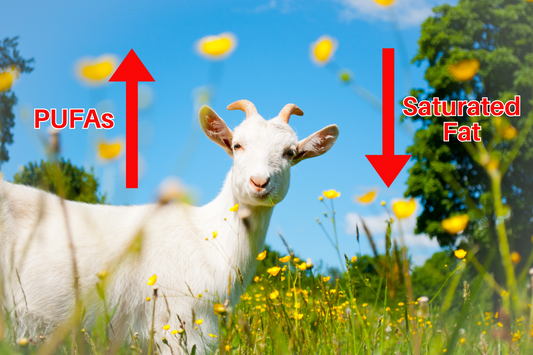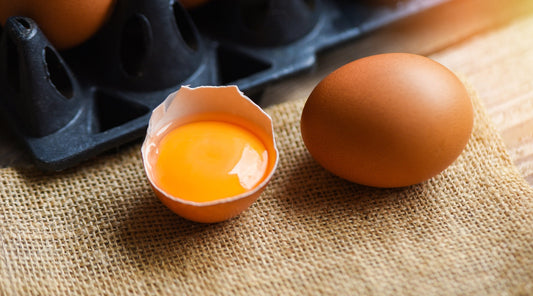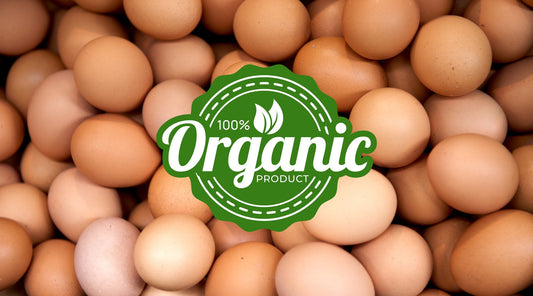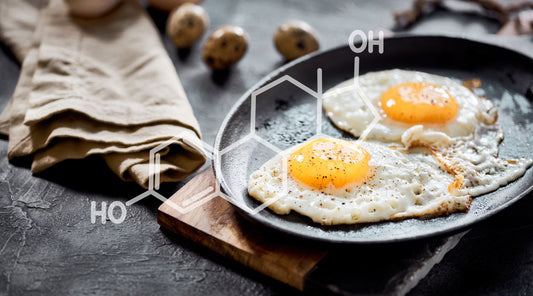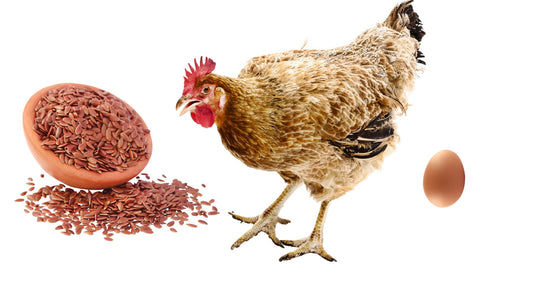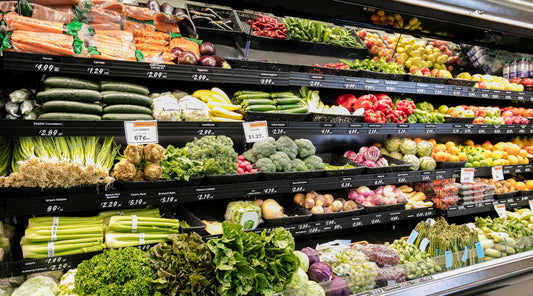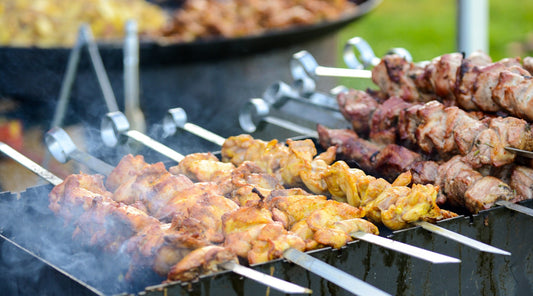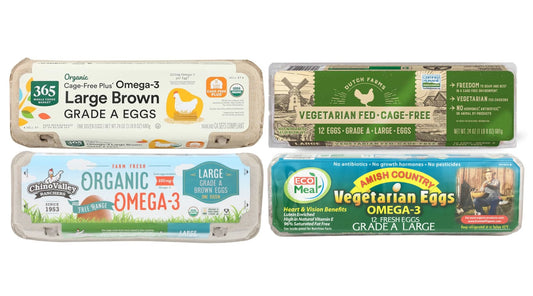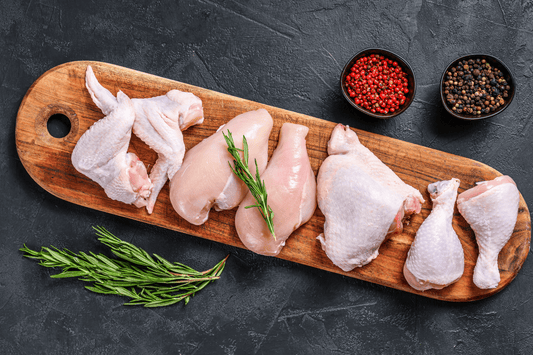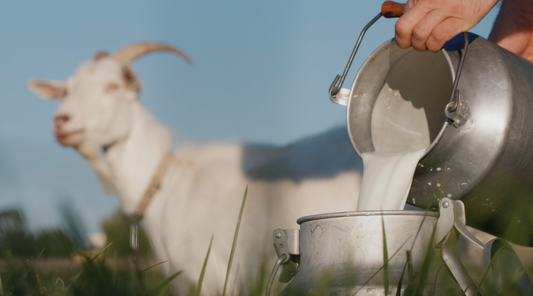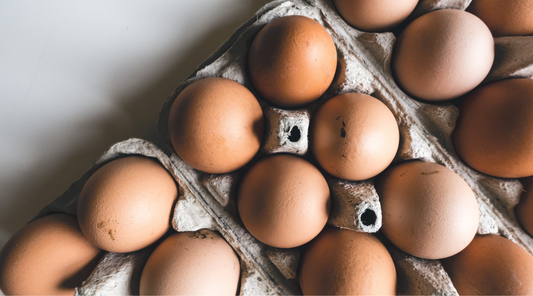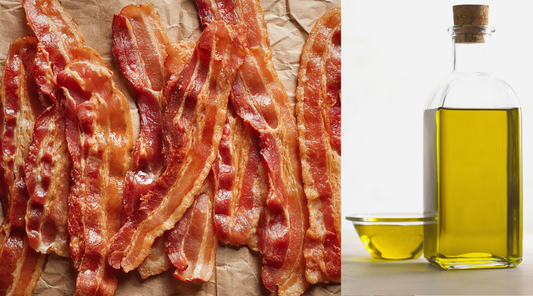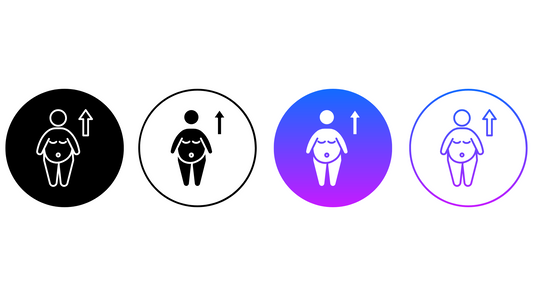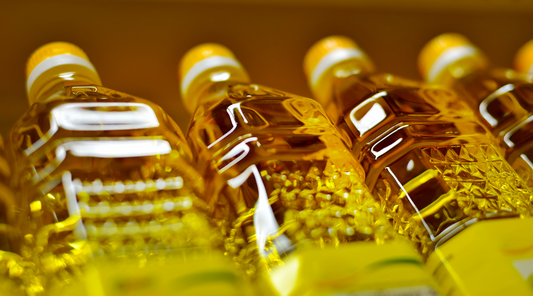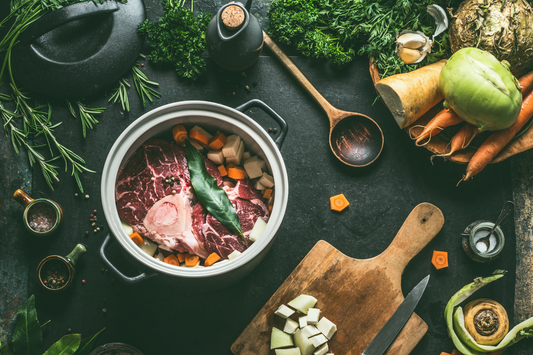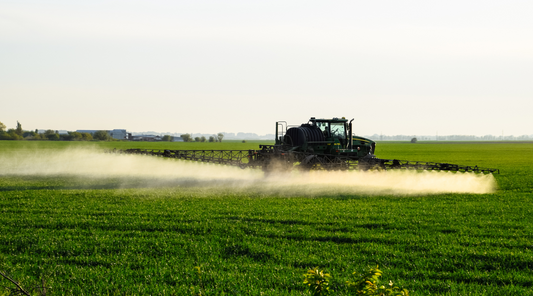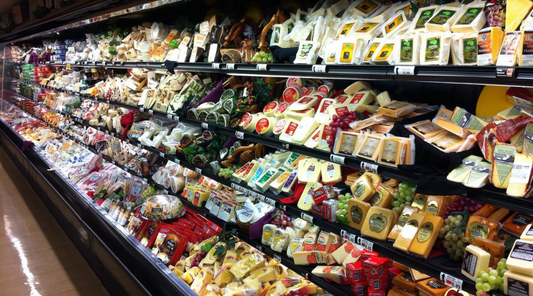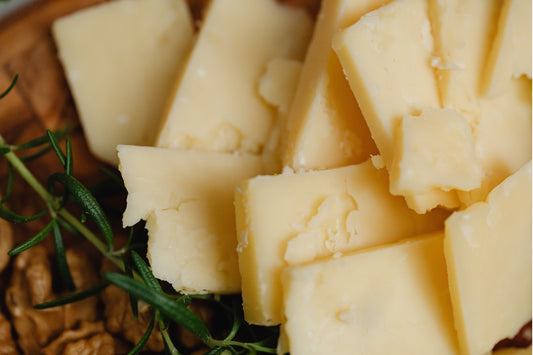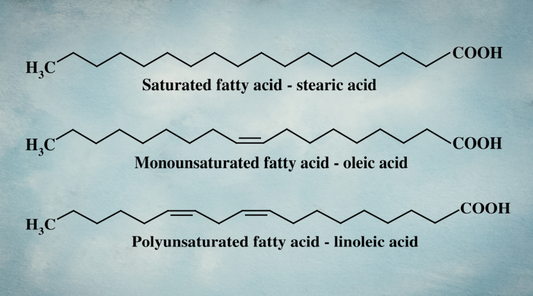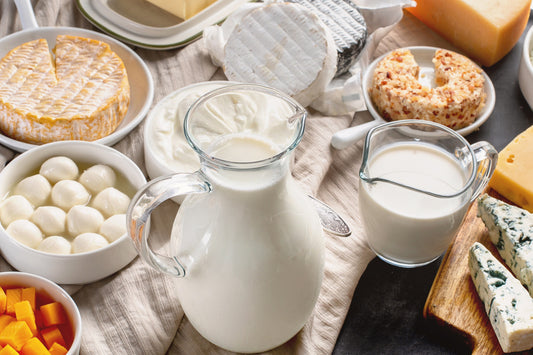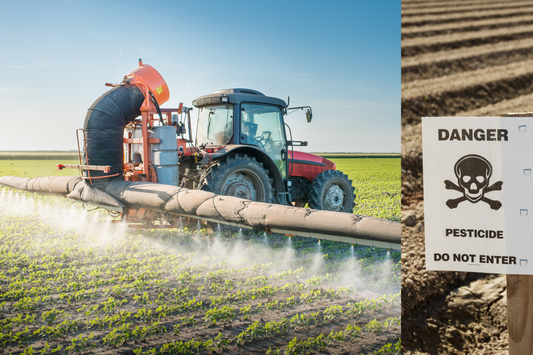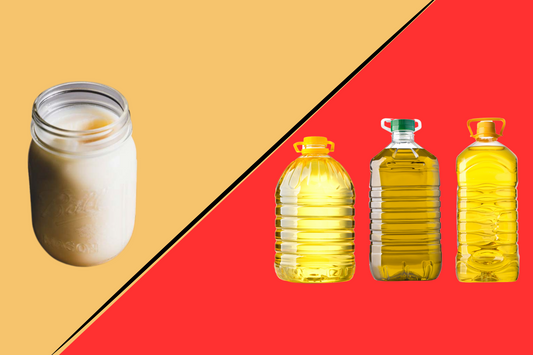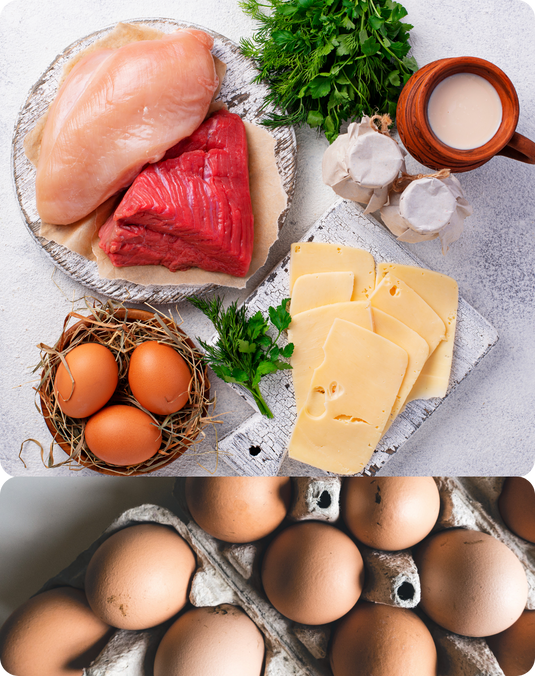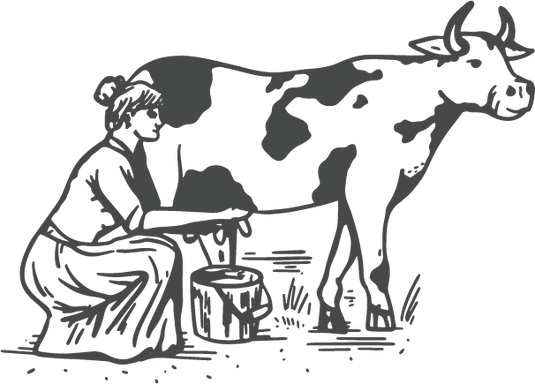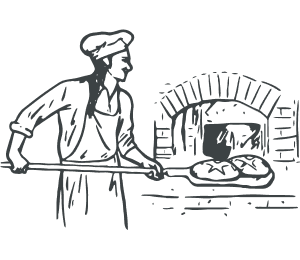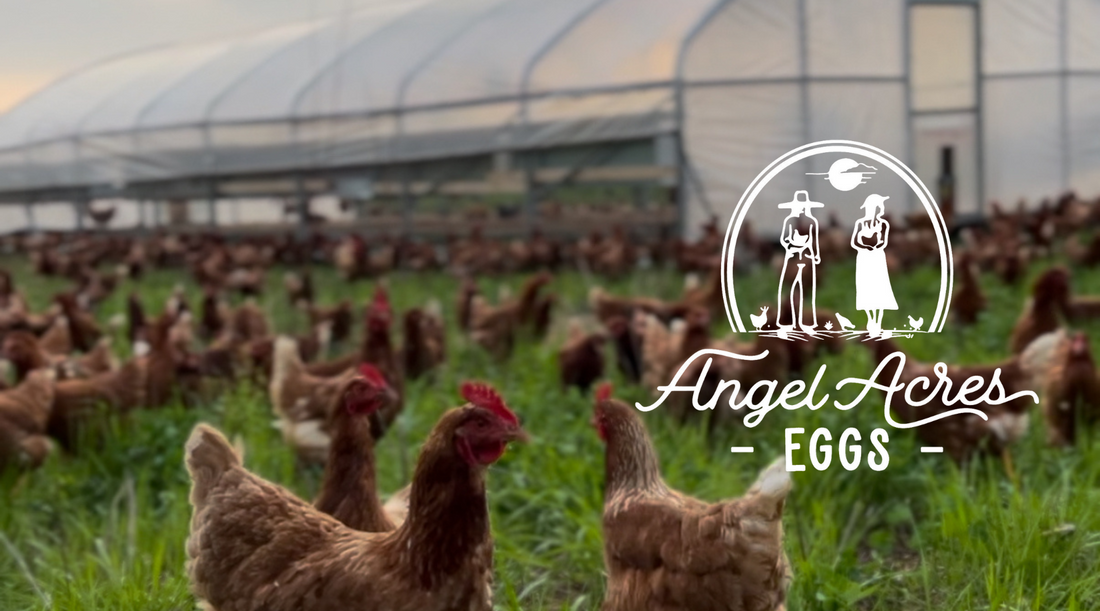
Let’s Clear a Few Things Up About Our Angel Acres Eggs
There have been some recent statements circulating about our eggs, and since we’ve received a number of emails asking for clarification, I wanted to take a moment to gently clarify a few assumptions made and provide accurate information about our practices.
(Update as of July 19: The blog post about our eggs has been updated with more accurate information, and I appreciate that greatly.)
Different Feed Philosophies, and That’s Okay
Eggs from small regenerative farms are a massive step up from anything you’ll find in the industrial food system. Many of us go beyond the label “pasture-raised” by using truly mobile systems that allow birds to access fresh pasture daily. That’s something we fully support and implement ourselves.
But feed formulation is where approaches can differ, and that’s okay. We simply prioritize different nutritional outcomes based on our values and research, and we welcome the diversity of approaches within the regenerative movement.
On Omega-3s in Eggs
One of the comparisons made was about the omega-6 to omega-3 ratio in our eggs.
We do not aim for a high omega-3 profile in our eggs — and that’s intentional. Omega-3s are still polyunsaturated fats (PUFAs), and more is not always better. We believe the heavy emphasis on omega-3s stems in part from narratives popularized by the fish oil industry in the 1990s.
There’s a growing body of research showing that higher omega-3 content in eggs can lead to greater oxidative damage during cooking and shorter shelf life — which are real concerns for us.
(I discuss this more in this blog post and this blog post, if you want to dive deeper).
Instead, we focus on overall PUFA reduction and improving the saturated fat to PUFA ratio, which we believe better supports metabolic health and nutrient stability.
- SFA:PUFA Ratio: Ours = 4.9 : 1 | Theirs = 1.9 : 1
- Total PUFA Content: Ours = 8.37% | Theirs = 18.4%
These are the metrics we find most meaningful when it comes to long-term health.
About Marigold Powder
It was mentioned that we use “colorants” in our feed. Just to clarify:
No, we do not use colorants. But yes, we include a very small amount of marigold powder, derived from real marigold flowers. Not for visual effect or marketing purposes, but for bird health and, more recently, customer requests.
Marigold naturally contains flavonoids and carotenoids like lutein, which may help support:
- Immune function
- Skin and feather development
- Anti-inflammatory and antimicrobial defenses
- Lower oxidative stress in hens
If you’ve had our eggs, you’ve probably noticed the yolks aren’t artificially orange like the ones you often see at the grocery store. The amount of marigold powder we include is very minimal, but we’ve found it to be a helpful addition for flock health. We added it only after weighing the potential benefits and hearing from customers who were interested in these natural compounds being passed into the egg.
And we do not believe there are any downsides to including a small amount in the chicken feed, in addition to the grasses the chickens have access to out on pasture.
On Feed Transparency
We care deeply about livestock feed. It’s truly at the heart of everything we do. Back in 2021, I started formulating our own blend because I simply couldn’t find anything on the market I trusted.
Early on, I made the mistake of working with a larger feed company that ended up taking the base of our custom formula and mass-producing their own version: but missing a critical detail: the fat source. That change left their version high in PUFAs, which defeats the entire purpose of why we started farming in the first place.
It was a hard lesson, especially after investing my life savings and heart into building this mission from scratch. But it’s shaped how we do things today and strengthened our commitment to integrity and doing things differently.
If you’ve seen my recent YouTube video on PUFAs, you know how much I care about the connection between fatty acids, what animals eat, and how that impacts our health as humans.
Over the past few years, we’ve been fortunate to build a close-knit partnership with regenerative farmers who grow many of the actual ingredients that go into our feed. So it’s not just custom formulated, it’s truly seed to fork. That’s been one of the most exciting parts for me personally, as I genuinely love working alongside regenerative livestock and row crop farmers who share the same values.
Because of what we went through early on, we’ve chosen not to publish our full formula publicly. But if a customer asks, we’re happy to share what’s in it. We believe in open dialogue, and we stand behind the integrity of the feed we’ve created.
And while keeping feed formulations proprietary is the standard in the livestock world, often to protect the years of trial and error behind them, our goal is never to be secretive. It’s simply to protect the integrity of what we’ve worked so hard to build.
At the end of the day, we’re all just trying to do better: to raise food with integrity, nourish families, and shift the food system in a more honest and regenerative direction.
There’s no perfect path, and no one farm has all the answers. But we hope to continue walking this path with humility and curiosity. I hope this post offers some clarity, and a sense of the heart behind the work we do.
Thank you for being here.
With gratitude,
Farmer Ash
Co-Founder Angel Acres Egg Club & Nourish Food Club




